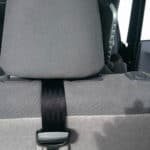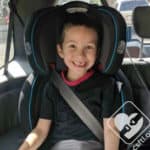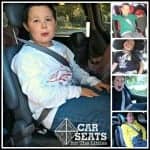Chest Clip Myths Busted
We’ve all been there. Parents post a cute picture of their cute baby on Instagram in her car seat and the Chest Clip Brigade starts in with murmurs of, “Gently, mama, her chest clip needs to be 3mm higher on her chest or your baby will die in an accident. Don’t you love your baby?”









